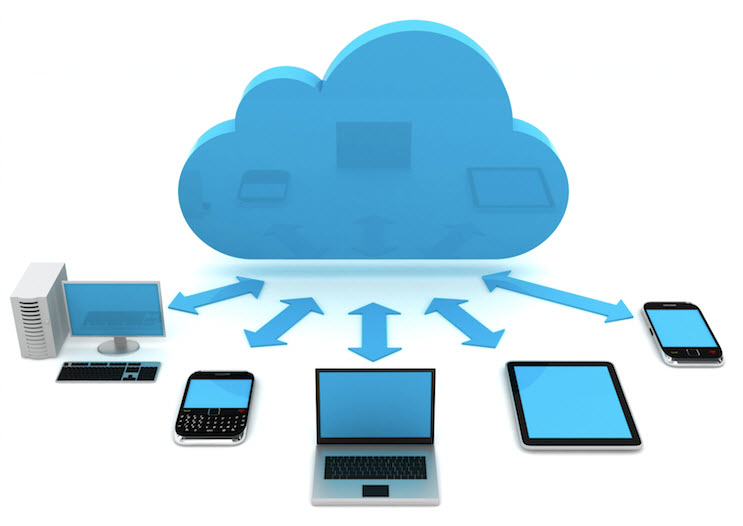|
Natural Language Generation (NLG) is a cutting-edge technology that has revolutionized the way we communicate and interact with computers. NLG involves the generation of human-like text based on predefined rules, templates, or algorithms. This sophisticated technique has gained significant attention in recent years due to its potential to automate content creation and enhance user experiences across various domains. One of the primary applications of NLG is in data analytics and reporting. NLG algorithms can analyze complex datasets and automatically generate insightful reports written in natural language. By transforming raw data into easily understandable narratives, NLG enables businesses to make informed decisions quickly and efficiently. Financial institutions, for instance, can use NLG to automate the generation of quarterly reports, providing shareholders with comprehensive information in a timely manner. Another area where NLG has made significant strides is in customer service and chatbot interactions. By leveraging NLG capabilities, chatbots can provide personalized responses that mimic human conversations. NLG algorithms analyze user queries and generate appropriate responses, taking into account contextual factors such as user preferences, history, and intent. This improves the overall user experience by delivering accurate and relevant information promptly. NLG also plays a vital role in content creation and marketing. Generating high-quality content consistently can be a daunting task, but NLG offers a solution. Marketers can use NLG systems to create engaging blog posts, social media updates, and product descriptions. These systems can understand the target audience, industry trends, and brand guidelines to produce content that aligns with the desired tone and style. This not only saves time and resources but also ensures a steady flow of fresh and relevant content. Furthermore, NLG technology has paved the way for advancements in language translation. Machine translation systems have traditionally produced results that lack fluency and context. However, with the integration of NLG techniques, translation systems can generate more natural and coherent translations. This has significant implications for global communication, enabling people to bridge language barriers effortlessly. The future of NLG holds immense potential. As technology continues to advance, NLG systems are becoming more sophisticated, capable of generating highly nuanced and contextually rich text. With the advent of deep learning and neural network architectures, NLG models can better understand and generate human-like language. We can expect a wide range of applications in areas such as content creation, journalism, virtual assistants, and personalized education. Despite the numerous benefits, challenges remain in the field of Natural Language Generation. Ensuring ethical use of NLG technology is crucial to avoid the spread of misinformation or the creation of biased content. Additionally, striking the right balance between automation and human involvement is essential to maintain authenticity and personalization. In conclusion, Natural Language Generation is transforming the way we communicate and interact with machines. By automating content generation, enhancing customer service experiences, and improving translation capabilities, NLG is revolutionizing various industries. With ongoing advancements in technology and increased adoption, NLG is poised to reshape the future of communication, making it more efficient, engaging, and accessible to all.  |
